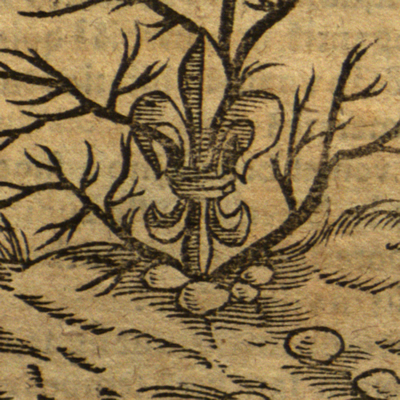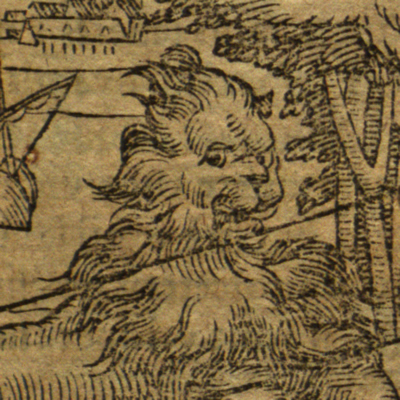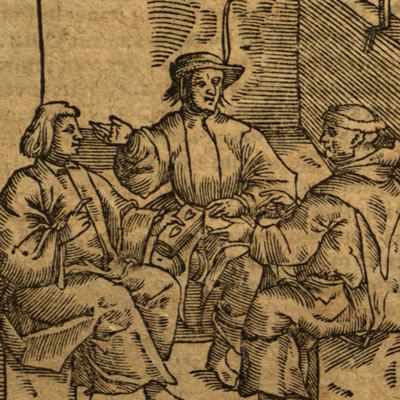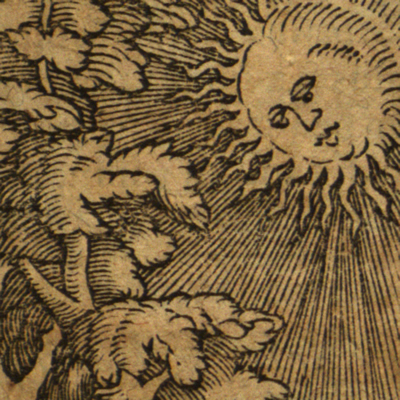Johannes Wolff and the Study of Prophecy
One of the most remarkable texts in the Paracelsus collection is Volume 2 of Johannes Wolff’s massive Lectionum memorabilium et reconditarum centenarii XVI, printed in 1600 in Lauingen. Wolff was born in 1537, and received a solid humanist-Protestant education. He was a student at the gymnasium in Strasburg, then studied theology with Philip Melanchthon in Wittenberg, and ultimately earned his law degree in Dôle, France. His career encompassed civil and diplomatic work, and he was in the service of the Protestant Dukes Wolfgang von Zweibrücken-Neuberg and his son Jonathan I. Wolff eventually left court service in 1594 to retire as a citizen of Heilbronn.
The Lectiones was Wolff’s life work. Its spectacular title page is rich in symbolism, and features astrological signs as well as mythological and allegorical figures. The content itself stretches across two folio volumes, each of which has over 1000 pages, and reflects the religious and political turbulence of the world he lived in. In addition to prophetic works such as Paracelsus’ Prophecy for the Next Twenty-Four Years, the Lectiones contains works with a more theological/historical theme. For example, Wolff included Simon Rosarius’ Antithesis Christi et Antichristi, a tract first published in 1557 that shows Christ and the Antichrist in opposition to each other. Unsurprisingly, the Antichrist is portrayed as the Pope.
Wolff’s compilation is very different from the compilations of Egenolff and Oraeus. Both of those were small quarto editions published in the vernacular. In contrast, Wolff’s publication is a very large folio, written in academic Latin. It would have been a work aimed at highly educated scholars, rather than laypeople seeking guidance for turbulent times.














